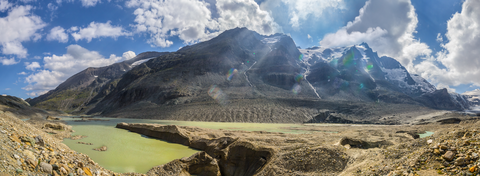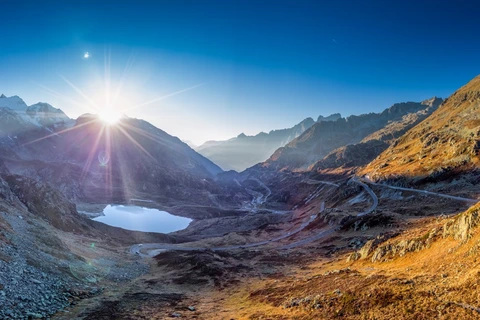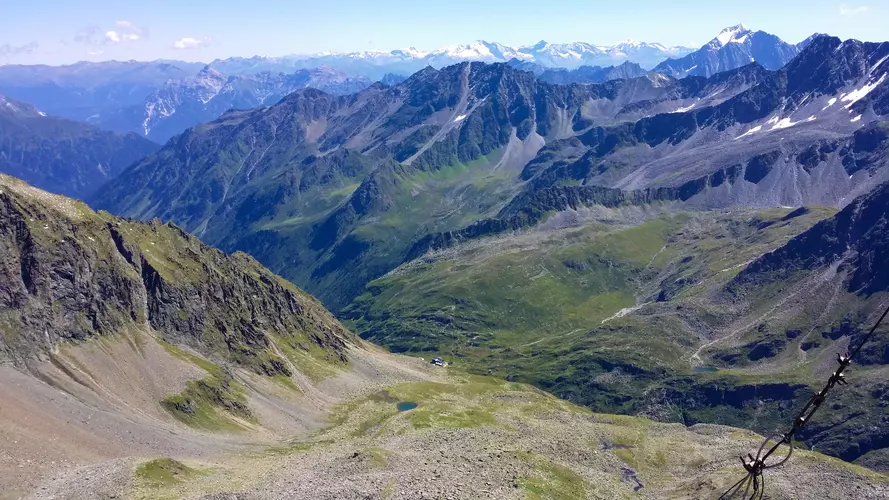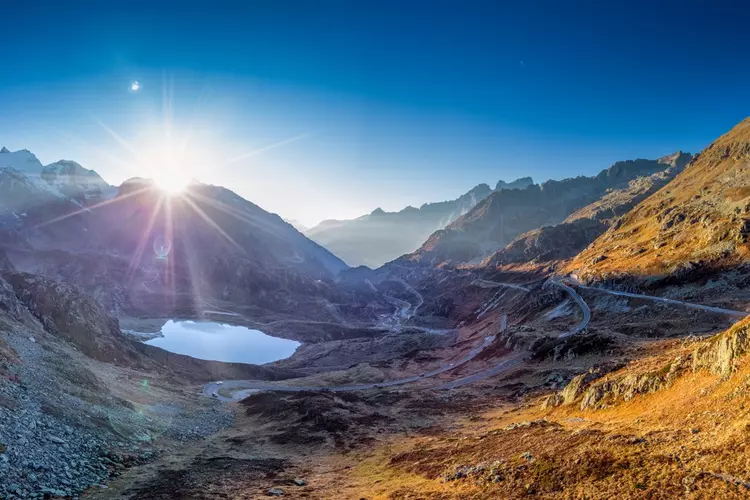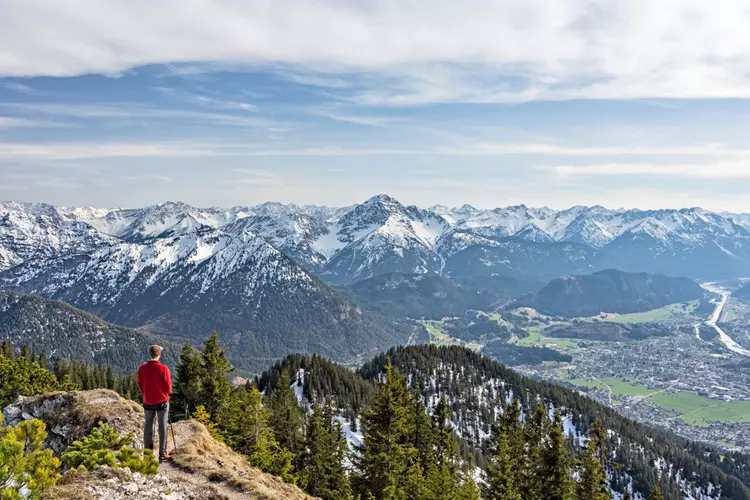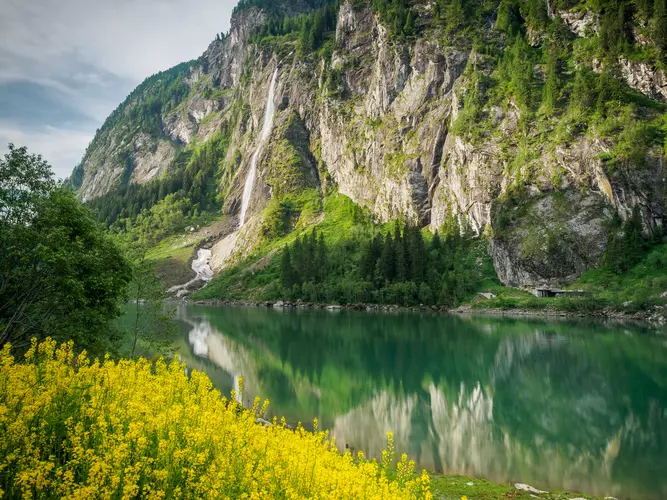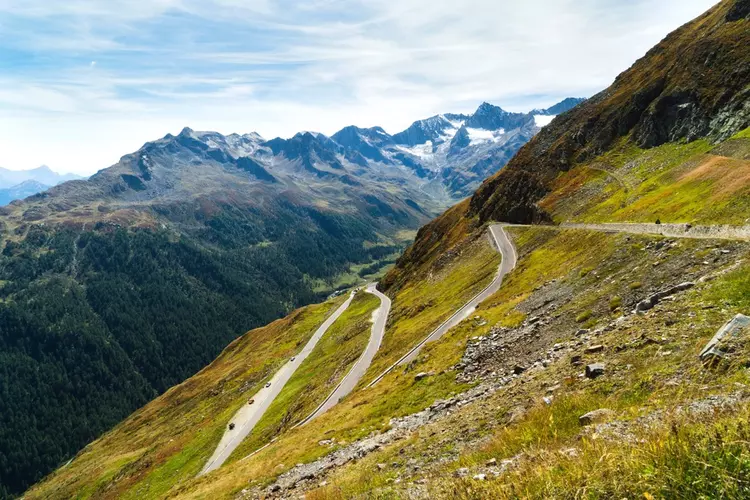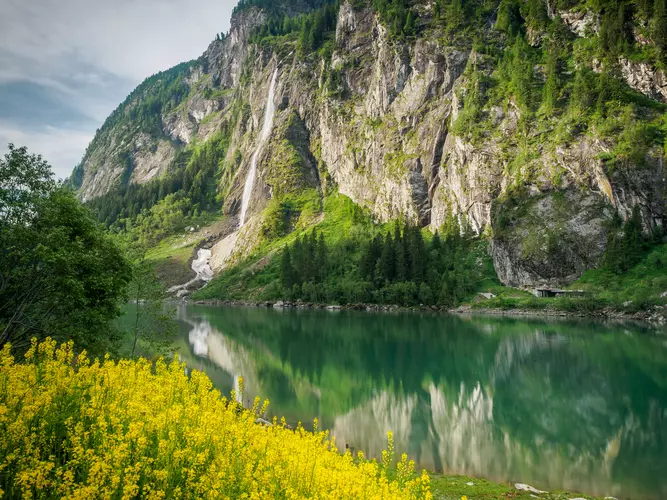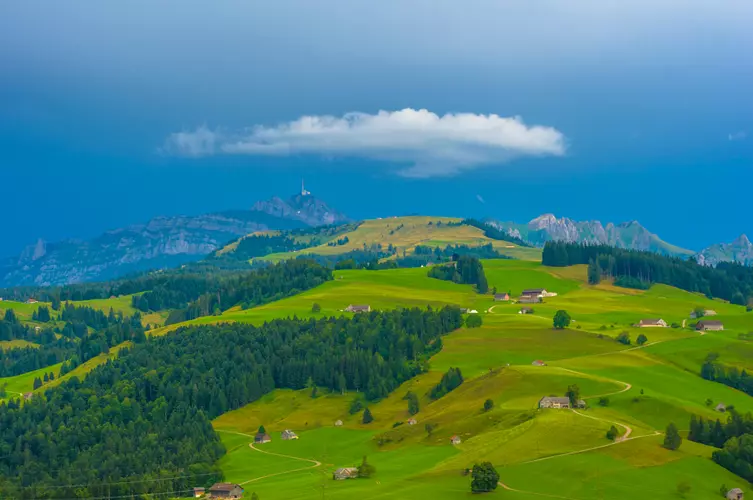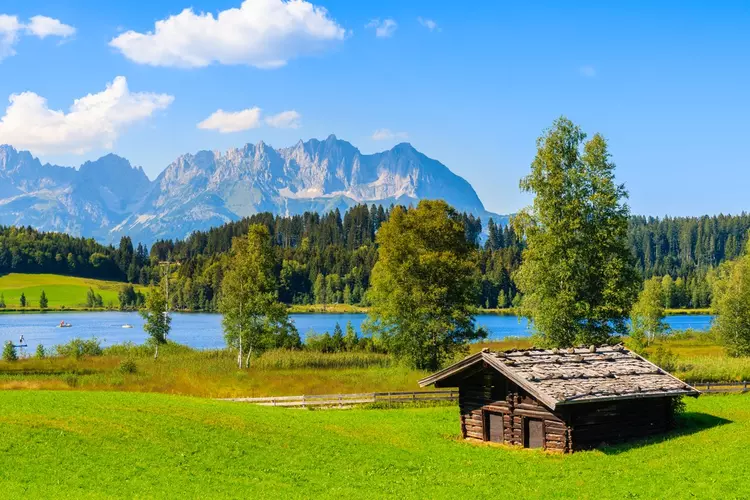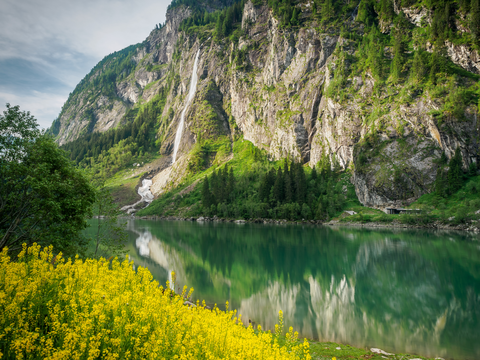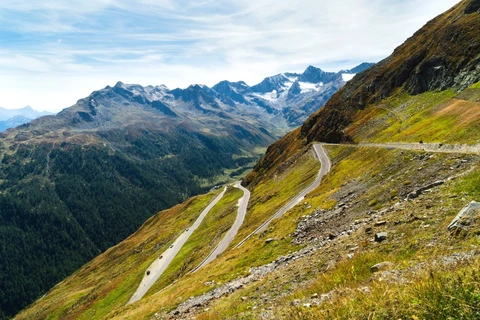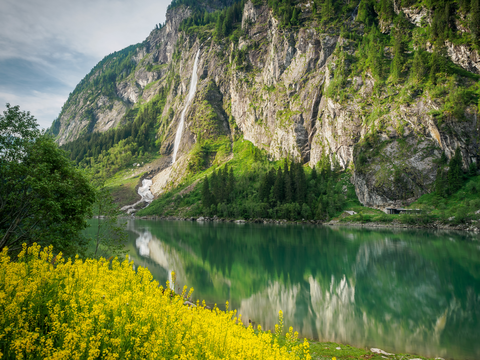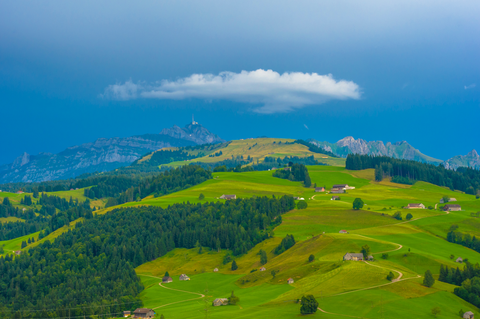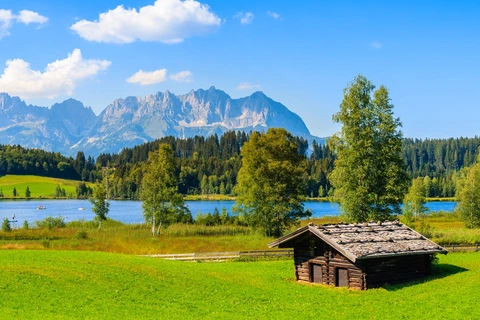"Austria's diverse trails offer unforgettable adventures amidst majestic Alps, serene lakes, and enchanting forests."
Austria's breathtaking landscapes offer a hiker's paradise, where every trail unveils a new wonder. From the majestic peaks of the Alps to the serene beauty of the Salzkammergut lakes, each path invites exploration. Discover the lush meadows of Tyrol, the dramatic cliffs of the Dachstein, and the enchanting forests of the Vienna Woods. Whether you're seeking a challenging ascent or a leisurely stroll, Austria's diverse trails promise unforgettable adventures, rich in natural beauty and cultural charm.
Most popular hikes
FAQs about hiking in Austria

Summer (June to August) offers the most favorable hiking conditions with warm temperatures, but it's also the most crowded season. Prepare for occasional thunderstorms during this period.






